This story discusses suicide. If you or someone you know is having thoughts of suicide, please contact the Suicide & Crisis Lifeline at 988 or 1-800-273-TALK (8255).
In June 1983, Jim Gordon had enough of the voices in his head.
One night, the musician drove to his mother’s Los Angeles home, took his hammer and struck the 71-year-old on the head four times. Osa Gordon crumbled to the floor but was conscious. Realizing this, Gordon then grabbed his knife and stabbed her four times in the heart. The matriarch died instantly.
“Jim Gordon had long been deteriorating,” author Joel Selvin told Fox News Digital. “He was really struggling to function. During this same period, he was playing in a band with a bunch of younger musicians. They had no idea something was wrong with Jim.”
ERIC CLAPTON DRUMMER JIM GORDON, WHO WAS CONVICTED OF MURDERING HIS MOTHER, DEAD AT 77
Jim Gordon was a rock ‘n’ roll session drummer who played with Eric Clapton, George Harrison and the Beach Boys. (Jim McCrary/Redferns)
Gordon, the rock ‘n’ roll session drummer who played on records by Eric Clapton, George Harrison and the Beach Boys, died in 2023 at age 77. He is now the subject of a new book by Selvin, “Drums & Demons: The Tragic Story of Jim Gordon.” It examines his decades-long music career and his mental health struggles that led to his mother’s murder.
Selvin admitted it was a story no one wanted to touch.
“I approached several people, and they all said the same thing – absolutely no way,” Selvin shared. “’This is a trauma and we don’t discuss it. There is no upside to it for us.’”
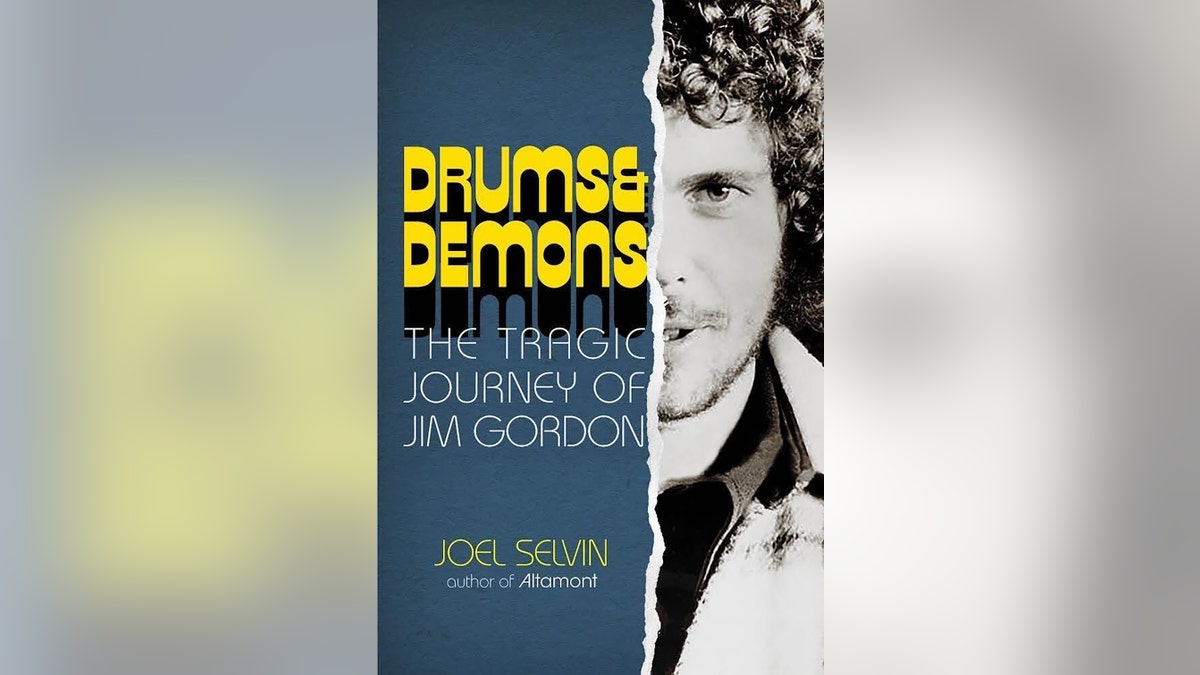
Joel Selvin’s book, “Drums & Demons: The Tragic Journey of Jim Gordon,” is now available. (Diversion Books)
But, eventually, many of those who knew Gordon over the years came forward and spoke for the first time.
“Jim was a nightmare on two feet for many people,” said Selvin. “Revisiting his life was something that, frankly, many people did not want to do. But it was important for me to discuss the mental health aspect of his story. We really don’t deal with mental illness in a truly honest way. As I delved into Jim’s story, I realized this was a very huge theme.”
From the mid-1960s to the mid-1970s, few drummers were more in demand than Gordon, a Los Angeles native and protégé of the all-time versatile session man, Hal Blaine. Gordon had been drumming since his teens and — early in his career — was part of Phil Spector’s celebrated studio ensemble, “The Wrecking Crew,” which featured Blaine.
FOLLOW THE FOX TRUE CRIME TEAM ON X
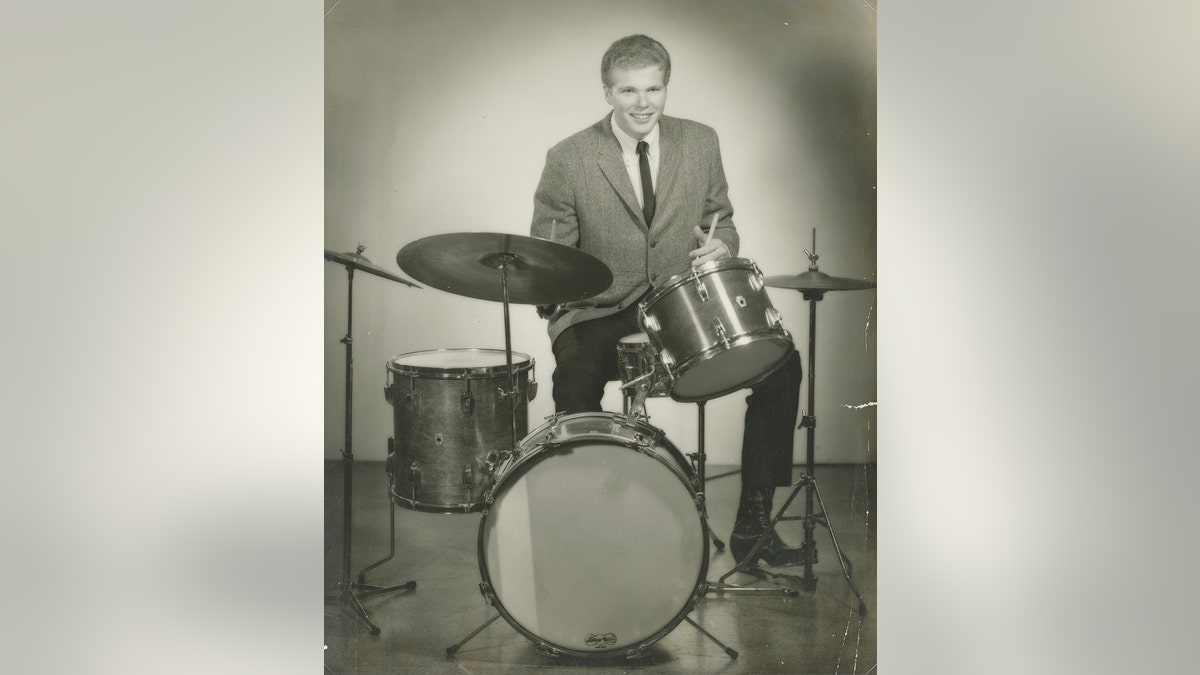
A young Jim Gordon playing drums. (Amy Gordon)
Gordon eventually played on the Beach Boys’ landmark, experimental “Pet Sounds” and the Byrds’ “The Notorious Byrd Brothers,” Harrison’s post-Beatles triple album “All Things Must Pass” and Steely Dan’s jazz-rock “Pretzel Logic.” He worked with a wide range of top acts, from Joan Baez and Jackson Browne to Merle Haggard and Tom Petty.
One of his notable credits was a drum break on the Incredible Bongo Band’s “Apache,” which has been frequently sampled by rap music artists, among them Jay-Z, Busta Rhymes and Kool Moe Dee.
Gordon also toured with Clapton, bassist Carl Radle and keyboardist Bobby Whitlock, the core of what, in 1970, became Derek and the Dominos, one of rock’s greatest one-shot groups.
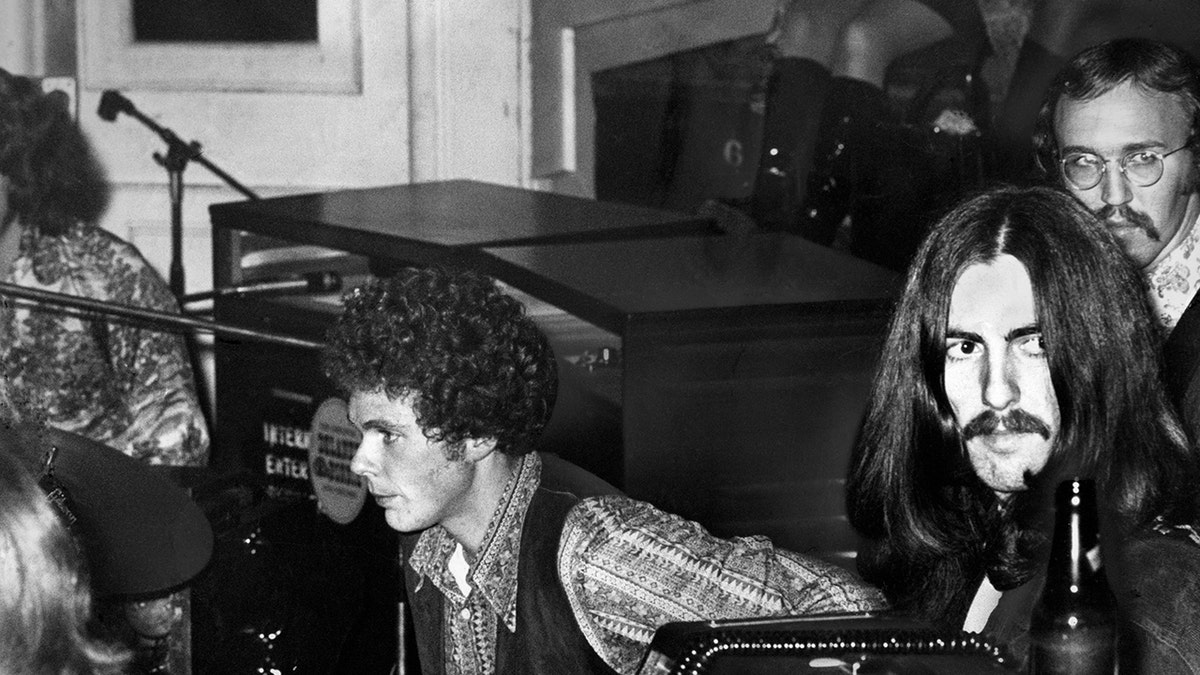
Beatle George Harrison (right) is seen here with Jim Gordon circa 1969. (Birmingham Post and Mail/Mirrorpix/Mirrorpix)
Clapton and Gordon also co-wrote the 1971 hit “Layla,” which garnered Gordon his first and only Grammy Award.
According to Selvin, it’s unknown when Gordon began experiencing symptoms of schizophrenia.
“He very much felt shamed and embarrassed — that we know,” Selvin explained. “He felt that he was an intelligent person and that he should be able to manage himself better. Everything seems to show that this started back in his childhood. … And when he was playing drums, he was in a different world. … He could no longer hear the voices. He was no longer sick. He was in charge, in command. He could be his best self. But when he stopped playing, that all changed.”
SIGN UP TO GET TRUE CRIME NEWSLETTER
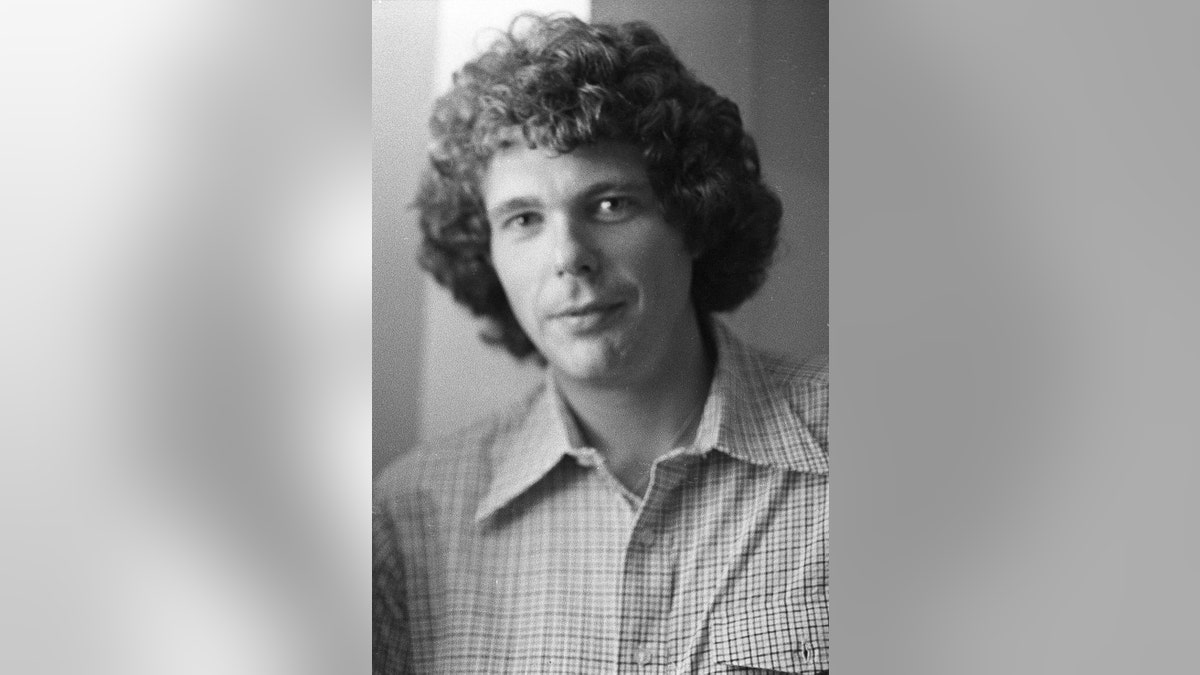
Drummer Jim Gordon backstage at the Hollywood Palladium Aug. 8, 1973, in Los Angeles. (Sherry Rayn Barnett/Michael Ochs Archives)
Osa, a maternity nurse, suspected something was wrong with her son. Her husband, Peter Gordon, went into Alcoholics Anonymous in 1958. She believed Gordon was struggling with drugs and alcohol. Osa encouraged Gordon to see a psychiatrist, but he dismissed her suggestion. Gordon felt he could push the voices in his head away. And when he finally reached out for help, he was left with more questions than answers.
“There were many hospital stays,” Selvin explained. “They all thought he was depressed or maybe had a mood disorder. He was such a high-functioning individual operating in an extremely high-functioning, competitive world that no one suspected he was suffering from severe mental illness. And he was very good at hiding it. He kept it under wraps for a very long time.”
But the cracks began to show. Those who worked with Gordon described how he imagined things that weren’t there and heard voices no one else could hear. He would yell at people and become “scary.” But, Selvin pointed out, this was a world where there was “no shortage of drug addicts, alcoholics and sex deviants. No one thought he was mentally ill.”
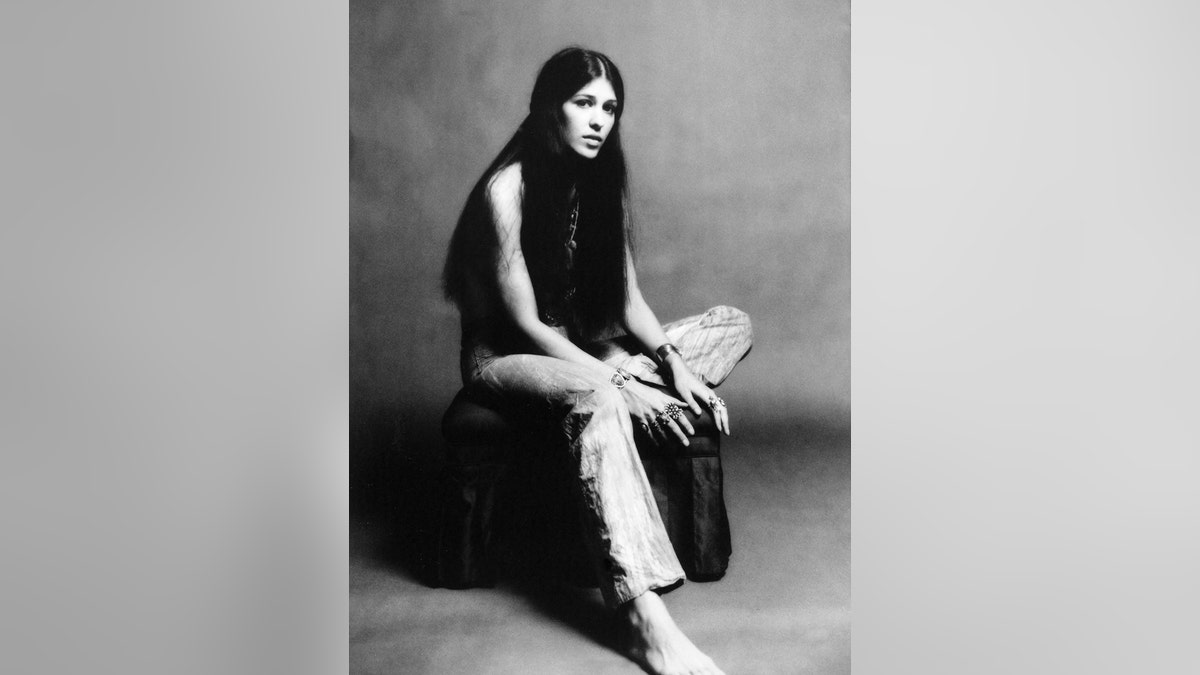
Rita Coolidge circa 1960. The singer later detailed her relationship with Jim Gordon. (Jim McCrary/Michael Ochs Archives)
By the early 1970s, Gordon was already becoming a danger to others. His girlfriend, singer Rita Coolidge, later wrote in her memoir that the couple was touring with Joe Cocker when Gordon attacked her one night in a hotel hallway. Gordon hit her in the eye, she wrote, “so hard that I was lifted off the floor and slammed against the wall on the other side of the hallway.” She was briefly knocked unconscious.
As the sudden “outbursts” increased, Gordon began seeing psychiatrists in 1975. Selvin claimed that Gordon “wasn’t honest” about his symptoms. He also wrote that doctors prescribed “tranquilizers and anti-psychotics,” which he paired with illegal drugs. It wouldn’t be until 1978 that Gordon began seeking treatment regularly.
GET REAL-TIME UPDATES DIRECTLY ON THE TRUE CRIME HUB
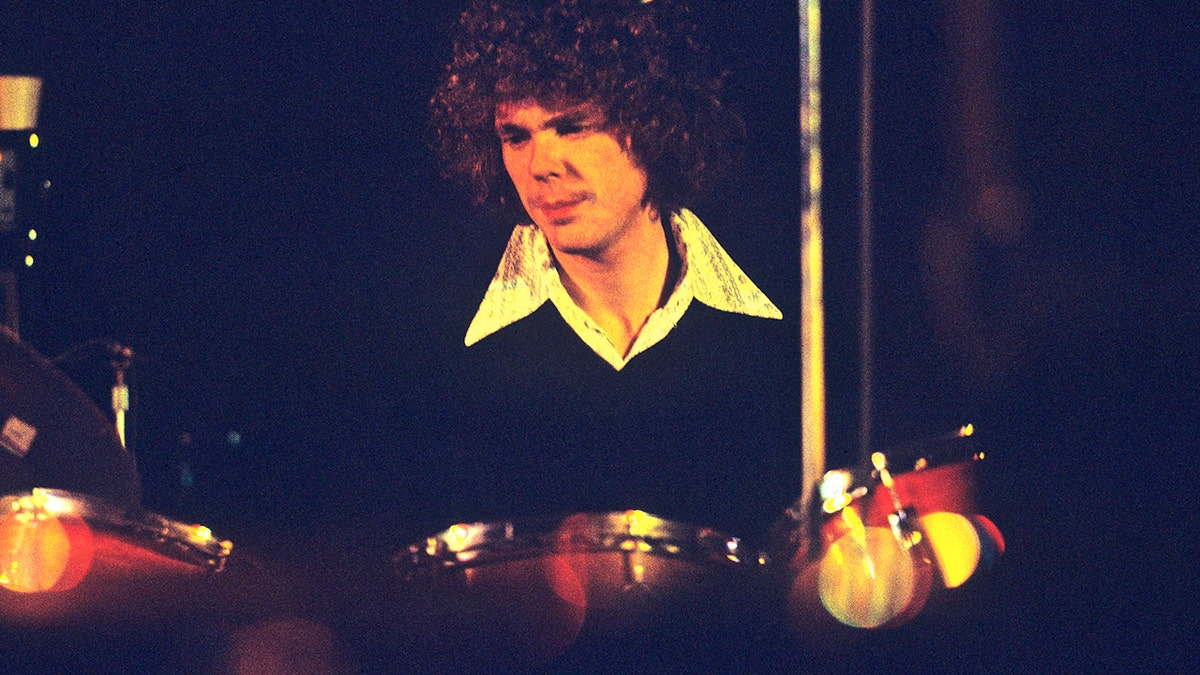
Jim Gordon’s only Grammy was for Eric Clapton’s “Layla.” (Brian Cooke/Redferns)
“The delusions were getting stronger,” said Selvin. “The voices were becoming more cruel and manipulative. He was finding it more difficult to just leave his apartment. … The voices wanted him to throw all his gold records and drums away. He would stack them by the dumpster, go back to his apartment and drink himself senseless until the voices died down. And then he’d go back to get his gold records and drums. This went on for several months — until the night before he killed his mother.
“There had been several suicide attempts,” Selvin continued. “He’d been in the mental hospital and busted out. Then he heard one voice, which sounded like his mother, saying, ‘You just have to kill me.’ He’d never considered that before. He’d considered suicide, but his mother’s voice now became chief of the tormentors. His ‘mother’ was the one who kept him from eating, who kept him from sleeping, who kept him from wanting to play the drums. There were many, many voices, but hers was the loudest. That voice had taken over.”
On the night of Osa’s death, Selvin said Gordon drank “a massive amount of alcohol.” He thought that by beating the matriarch with a hammer, she would slip away pain-free. But that didn’t work.

Jim Gordon never expressed remorse for killing his mother, Joel Selvin claimed. (Estate Of Keith Morris/Redferns)
“The stabbings were so brutal that the knife stuck to the floor,” said Selvin. “He went to a gas station, washed up, went to a Mexican restaurant. … When the cops showed up at his apartment in the morning, he was in a fetal position underneath his coffee table. When the cops pushed their way in, he said, ‘I killed my mother. I’m sorry I did it, but she’s been torturing me for years.’
“There was no remorse,” Selvin claimed. “He believed his mother was torturing him, controlling him. He had no idea how severely mentally ill he was by then. He lived in a completely different reality.”
Osa was described as a beloved matriarch who was close to her granddaughter, Gordon’s daughter Amy. Gordon’s family was horrified by her slaying, and his brother wanted him executed, Selvin said.
BEATLES’ GEORGE HARRISON, ERIC CLAPTON LOVE TRIANGLE ‘WAS LIKE AN ARRANGED MARRIAGE’: BOOK

Jim Gordon died in 2023 at the California Medical Facility in Vacaville. (Brian Cooke/Redferns)
It wasn’t until after his arrest for second-degree murder that Gordon was diagnosed with schizophrenia. Gordon was sentenced to 16 years to life in prison with the possibility of parole. However, he was denied parole several times after not attending any of the hearings.
Gordon wrote to his daughter every week. He never heard back.
“When Jim first started seeking psychiatric help in 1975, there were very few tools to address schizophrenia,” Selvin explained. “Many of the medications in those days were like sledgehammers. They made you feel constricted through your rib cage. Can you imagine taking that and playing drums? He was also drinking alcohol and taking cocaine, which only fueled all the voices he was hearing. He thought it would make them go away. … He did try to get help.”
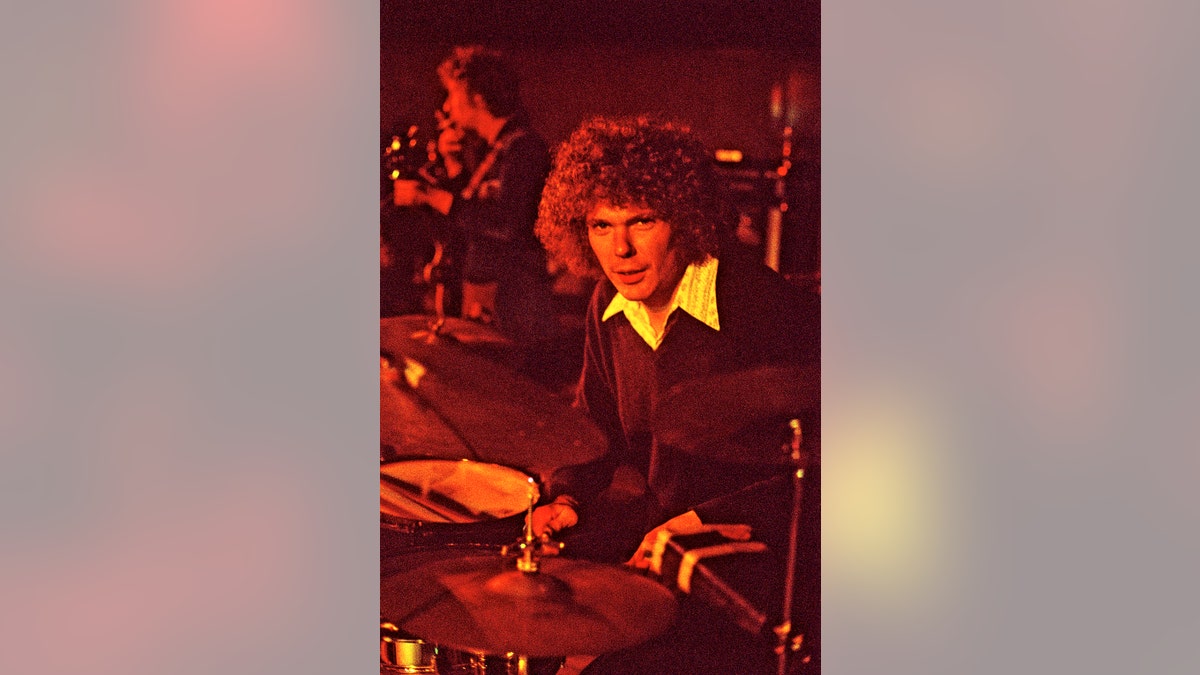
Jim Gordon was sentenced to 16 years to life in prison with the possibility of parole. However, he was denied parole several times. (Brian Cooke/Redferns)
Gordon remained in prison until his death.
CLICK HERE TO GET THE FOX NEWS APP
“Jim’s contributions to music were great and lofty,” said Selvin. “His life shows us how important for us as a society to address mental illness and face it honestly and with compassion. That’s the thing I found shockingly absent from Jim’s life and how the public dealt with him.
“He was just seen as somebody who killed his mother. Nobody ever thought to look into his heart and see what would cause him to do something so horrific. The tracks were all there leading up to it. It was a grim and grizzly pathway.”
The Associated Press contributed to this report.